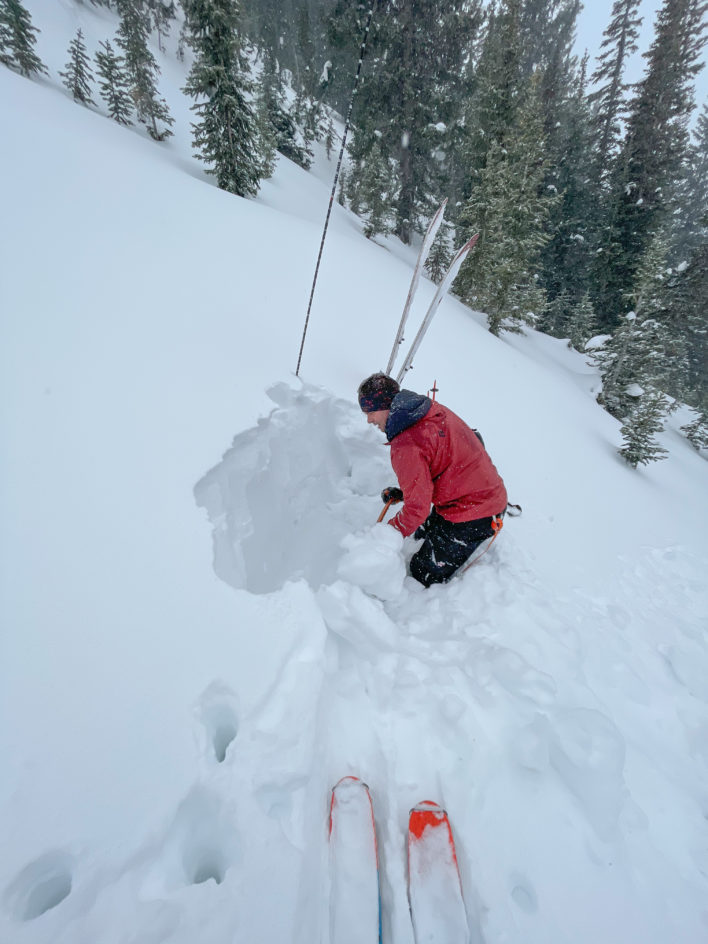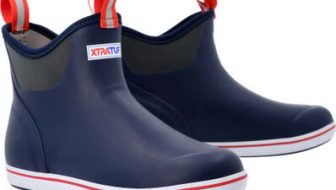
In October of 2005, Ed LaChappelle, the man viewed by many to be the grandfather of North American avalanche forecasting, published a paper in The Avalanche Review (24.1) under the title, The Ascending Spiral. Of the many important points made in this paper, one stands out: do nothing in haste.
Similarly, Gordon Graham, a 33-year law enforcement veteran who currently works as a risk management consultant, gives an amazing talk on the concept of risk management that focuses on the concept of high consequence and low frequency events. More importantly, he talks about high consequence, low frequency events in which one has no time to think. Graham’s take home point: Sloooowww Doooowwwn.
I propose that we heed the advice of these two educators, but also believe that we should take it one step further—that for just a moment we do nothing—when in avalanche terrain.
Avalanche decision making and rescue are high consequence events, particularly when it comes to rescuing your ski partners, it can feel like there is no time to think.
However, this assumption is wrong. There is always time to think.
Before assessing an avalanche, or any kind of situation involving rescue, we need to take a time out. Even just 30 seconds could save your or your partner’s life. But is it truly possible to pause when under stress?
As someone who has tried to meditate, I can tell you it is nearly impossible to do nothing. Quieting the mind is a very difficult task. Nevertheless, just the act of trying to do nothing can be of great value in a moment of high stress. Doing nothing gives you the chance to see what you might be missing, to ask yourself: “is there snow in the trees? Or has it been blown off? Interesting, the slope doesn’t look loaded, but something blew that snow out of the trees…. Wait, what is that little crack over there? Take a moment, have a sip of water, and really look at your surroundings. In the case of a rescue, your heart races and you panic. You feel like you have to move and get digging. “But wait! What about that hangfire?”
Twenty years ago, I rushed into a rescue. I watched as a friend and fellow guide was washed away in a surface hoar avalanche in the Chugach Range of Alaska. It was a full capture and all I could see was a huge fan of debris on the glacier below. I jumped into action, yelled for everyone on the ridge to stay put, and dove onto the slope. At that point I triggered the rest of the hill and watched in horror as the debris at the bottom doubled in size and depth. My job just got much harder.
In the end, I found my friend. He was curled in a ball halfway down the slope screaming at me because I had almost killed him in my haste. I don’t know how he had gotten himself to that rock, but he was okay. That day I learned the value of just three minutes.
I also argue further that in this case it would have been better to have done nothing at all. If I had done nothing my friend would have even gotten on the radio to tell me he was fine. By doing nothing for only 30 seconds, I could have avoided nearly smoking my buddy.
Yesterday, I tried to pass LaChapelle’s lesson on to my fiancé. Neither of us were caught in an avalanche, but the conditions were less than perfect and the lesson of doing nothing was the name of the game. The weather was unpleasant: cold, windy, snowing and toward the end of the day we had a rime ice event.
Our lesson was simple enough. We dug one quick hole, but that was the unimportant part and really done just so I could justify my job description with some silly pit data. The lesson I wanted to impart was to do nothing. We spent a large part of the day at a full stop, putting that spare down layer to work. It might have seemed like we were doing nothing, but still we were listening to the wind and watching the snow. I prodded her to elaborate on what she saw and asked her to make a terrain decision based solely on her observations.
She nailed it. She chose good aspects and terrain features that led to a perfect and safe day despite a spiking hazard. She did everything right by simply standing still and making observations based on snow and wind condition and intuition.
The concepts of avalanche forecasting and avalanche rescue are complicated. Furthermore, the decisions you make on these fronts can be stressful and carry huge consequences. But by taking the time to look around and to be truly observant you might find that the answers are simpler than they seem. The key is to truly put aside the noise, to take the time to do nothing.









In Ochoa v. CMH the guides did everything right. They used well established and thought out protocols. They followed industry best practices. And they still made a decision that killed someone. The take away has to be that the observation methods we are taught and use to make snow safety decisions are not well enough developed to produce results that are sufficiently predictive. Therefore, when there is a concern, suspicion or intuition however inarticulate as to the safety of this
or that slope, the best thing may well be not to dig a pit, make obs, conduct stability tests and “objectively” assess, but
to do NOTHING. Take a breath. Leave the observation gear in the pack and look for a safer way down. If you don’t feel comfortable enough to ride without digging a pit and making obs, then maybe your question is your answer.
Thinking back on the 40+ years since I was taught by Newcomb, Perla, LaChapelle I will always remember the value from the lesson of changing perspective. On the ridge above us, the wind is blowing 20mph….or 20miles of wind has crossed that point on the ridge. A subtle adjustment of words can change one’s perspective dramatically.
Doing nothing, and yet new incites are gained. Be silent, quiet, listen to the snow, feel the skin track, be in the present and absorb your surroundings. Do nothing and change your perspective. Save the earbuds for another time or place and live to ski again.
Wow, that is a great perspective and well put. How nice it is to just plop yourself down in the soft snow and rest for awhile. Take in the moment. Relax, rejuvenate. You really are learning more from this almost “animal instinct” moment than you realize